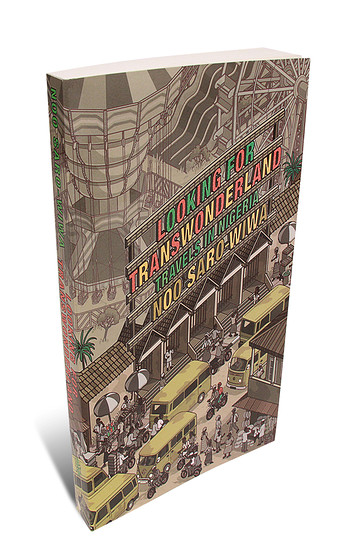Title: Bom Boy
Name of Author: Yewande Omotoso
Publishers: Modjadji Books
Year of Publication: 2011
Reviewed by: Nana M’bawa
Four O’clocks.
That is the name of the flowers which evoke a lot of memories for Leke, the main character in Bom Boy. He loves Four O’clocks, because they present something perennial and only open up at four in the afternoon.
But there is also another important reason: they remind him of the adoptive mother who loved him unconditionally.
Bom Boy, which is Omotoso’s first novel, is set in South Africa and Nigeria. It focuses on Leke’s struggles to come to terms with the past, as well as to make sense of certain aspects of that past that he never knew existed. The book mainly oscillates between 1992 and 2012, a period during which Leke’s history is told. At times, the story is told through prison letters from Leke’s biological father, Oscar. The letters are part of a story-telling tradition which the father wants to pass on to his son, having listened to his father’s story when he (Oscar) was young. There is another reason why Oscar decides to write the letters; he warns his son of a family curse that has dogged the family for years.
But Oscar is not the only custodian of memories and stories. Both Leke’s adoptive parents and his biological mother take up the narrative through their memories. These are memories that they share with the reader, and not with the protagonist.
The plant and flower motif is dominant in the novel, with Jane, Leke’s adoptive mother, telling him about the rubber tree, which can be quite destructive, and with Leke tending to a plant in his office. This might also be seen as a narrative form, especially considering that Leke rejects his father’s letters for a long time, thus privileging gardening over the letters. The most poignant memories thus centre around the idea of gardening: Leke used to garden with Jane, and it is a hobby that he continues in adulthood, as is evidenced by his dirty finger-nails as well as his persistence when it comes to planting Four O’clocks.
The author draws a complex picture of a young man struggling with his psyche; he is both a loner, eschewing friendships at the office, and lonely, frustrated by his poor communication skills. He dislikes having his space invaded, while at the same time invades the space of others, even pickpocketing as a way of creating, or rather stealing, memories. The psychological struggle is brought to the fore when the writer points out that his eyes become blurry every time he tries to read his father’s letters; an example of how his reluctance to face the past becomes physical.
As far as structure is concerned, the novel makes use of embedded narrative through the letters mentioned above as well as through songs and folktales. There are times when the reader will notice parallels in some of the months and dates, with for instance, sections about October 1992 followed by October 2012. Then there are chapters which suggest a thematic and structural reconciliation; when the author no longer separates the 1992 narratives from the period in which they are read in 2012. This kind of merging occurs at a time when Leke is now ready to discover the past.
Bom Boy is told with deceptive simplicity, and is a story with staying power. Even as it explores a family’s memories, it also, in its own right, manifests a craftsmanship that is here to stay. One could actually draw parallels between the letters which form the embedded narrative and the novel as a whole; they will grip the reader’s attention all the way to the last page.
A powerful book, more enduring than the Four O’clocks.
Book Review
(Visited 212 times, 1 visits today)


